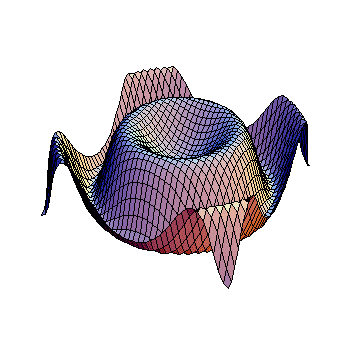How do I find the limit of a function as #x# approaches a number?
1 Answer
If the function is continuous at that value of
If nothing works, and you don't have access to derivatives to use L'Hôpital rule, just take a numeric approach and see if it's close to a pattern, or try to use other approaches like the Squeeze Theorem or a geomtrical proof. For example:
The function is continuous* for all real values of
The function isn't continous at
This one you can't factor out. You need to use the unit circle and the Squeeze theorem to make a proof or try a numeric approach.
*A function is continuous on a certain range if you can draw the graph on that range without lifting your writing utensil, or more formally, if there isn't any point that would create a math error, like division by zero, even root of a negative, logarithm of a negative or null number, etc.

